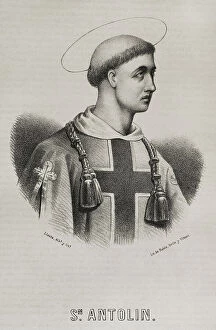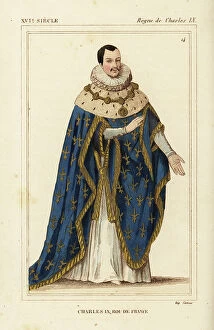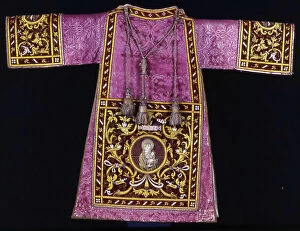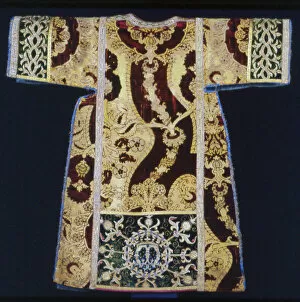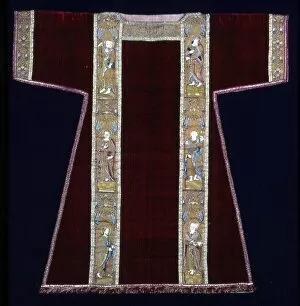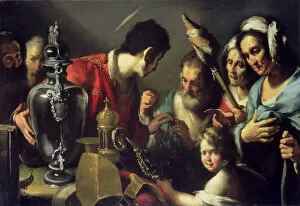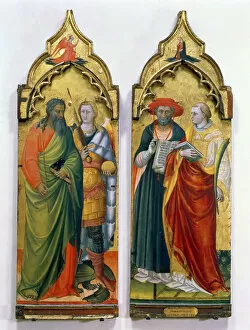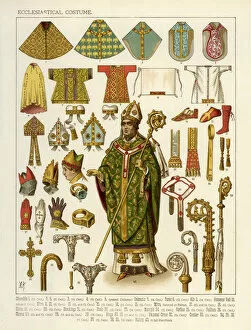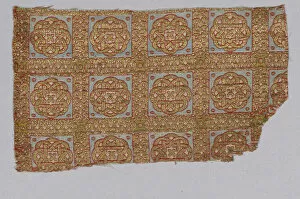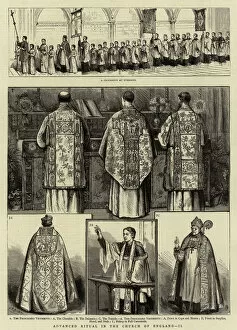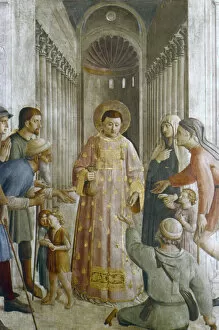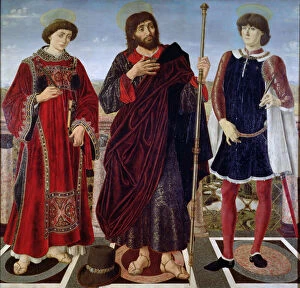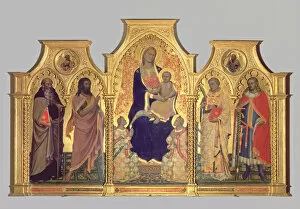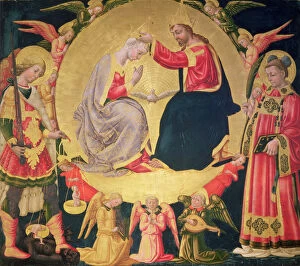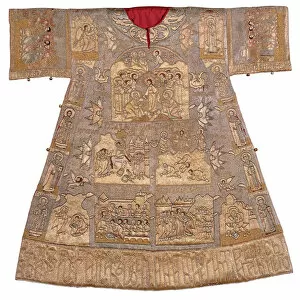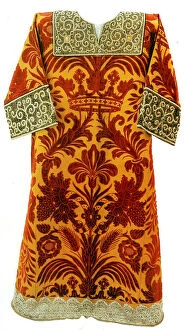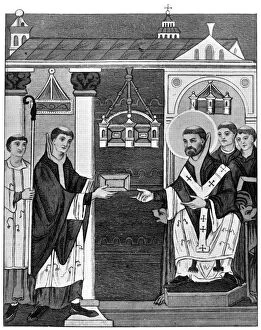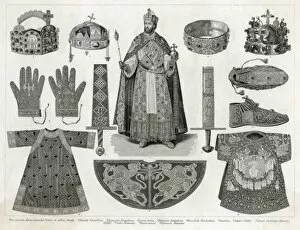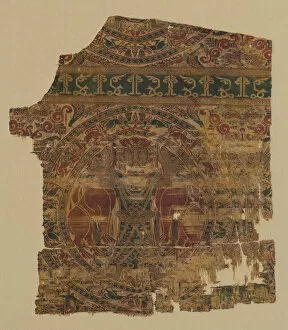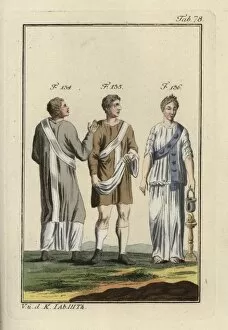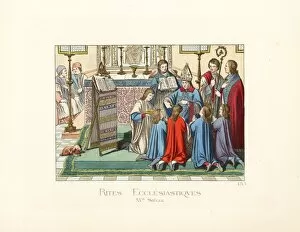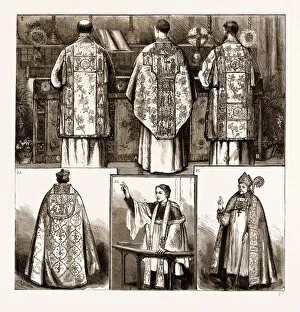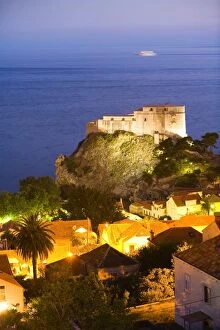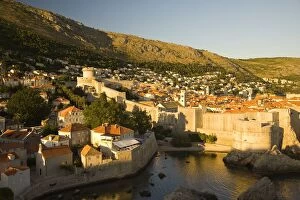Dalmatic Collection
The dalmatic, a garment with a rich history and cultural significance, has been worn by various individuals throughout time
For sale as Licensed Images
Choose your image, Select your licence and Download the media
The dalmatic, a garment with a rich history and cultural significance, has been worn by various individuals throughout time. One notable figure associated with the dalmatic is Saint Antoninus of Pamiers, a Christian missionary and martyr. As he spread the teachings of Christianity, he donned this distinctive vestment as a symbol of his faith and dedication to his mission. In addition to religious figures, even Holy Roman Emperors have embraced the dalmatic's regal allure. They would often pair it with other costume items to create an extravagant ensemble that exuded power and authority. Originating from different regions across Europe, these exquisite garments showcase unique styles and craftsmanship. For instance, a dalmatic from France dating back to 1785 displays intricate details created by an unknown artist who poured their skill into its creation. Moving forward in time to the mid-19th century in Nottingham, another anonymous creator crafted yet another captivating dalmatic. This piece represents the evolving fashion trends during that era while maintaining the essence of its historical roots. Spain also boasts several remarkable this attire. From a 17th-century Spanish dalmatic adorned with elaborate designs made by an unknown craftsman to two late 15th/early 16th-century pieces featuring stunning cuffs and apparels - these garments reflect Spain's artistic prowess at different periods in history. Italy too has contributed significantly to the legacy of the dalmatic through numerous creations spanning several centuries. Ranging from delicate pieces made between 1675-1725 showcasing fine Italian craftsmanship to vibrant examples from the 18th century displaying intricate patterns - each one tells its own story while adding depth to this timeless garment's narrative. A particularly striking example is an Italian dalmatic from the late 15th century; although later modified due to satin binding on its apparels, it still retains its original charm and elegance despite alterations over time.

